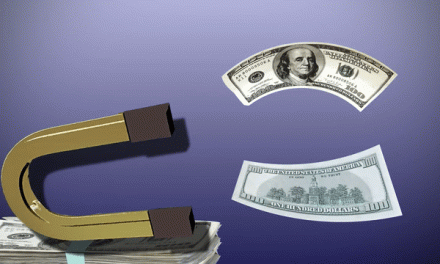Ask almost anyone what the state of the housing recovery is today and their response will be: “Isn’t the recovery over?”
By many accounts, the housing market finished recovering from the 2008 recession years ago. Home prices in many markets have reached and exceeded pre-recession levels. Inventory is near historic lows as demand for homes outstrips available listings.
But one thing has not yet recovered: the homeownership rate.
Lenders were practically giving away mortgages in the early-to-mid-2000s. No-doc loans and predatory lending became more common, encouraging renters without sustainable financial qualifications to take out mortgages and become homeowners. As a result, homeownership soared during the Millennium Boom, far past sustainable levels.
Then the recession hit, pulling homeownership back to earth — where it still remains today.
From 2000 to 2016, the homeownership rate fell in nine-out-of-ten metro areas nationwide, according to Trulia.
Across California, from 2000 to 2016 homeownership declined:
- 5.2 percentage points in Bakersfield;
- 4.7 percentage points in Riverside-San Bernardino;
- 4.2 percentage points in Orange County;
- 4.1 percentage points in Ventura;
- 4.0 percentage points in Fresno;
- 3.4 percentage points in San Jose;
- 3.1 percentage points in Oakland;
- 2.7 percentage points in San Diego;
- 2.2 percentage points in Sacramento;
- 2.2 percentage points in Los Angeles; and
- 0.3 percentage points in San Francisco.
Editor’s note — Trulia’s analysis stops at 2016. But in case you were wondering, the average homeownership rate in California has remained flat-to-down since 2016, so there has likely been little change in the reported homeownership losses from 2016 to 2018.
Will the homeownership “recovery” ever arrive?
Ten years on from the 2008 recession, and homeownership has barely budged from its bottom. This leads us to wonder: is today’s lower homeownership rate the new normal?
California’s homeownership rate has historically been about ten percentage points below the national average. The state average peaked at just below 61% in 2006 and has since trended down, hovering around 54% since 2012.
Homeownership has remained low due to a number of factors, including those mentioned earlier:
- the rapid home price increases in California, which have stifled would-be homebuyers; and
- the lack of for-sale inventory available to meet rising homebuyer demand.
These two factors stem directly from insufficient residential construction across California. But the good news is construction is picking up (slowly).
The bad news for homeownership: even as construction picks up and we head into the next economic expansion, the Federal Reserve (the Fed) has an eye further down the road and is already working to cool off the economy by raising key interest rates, impacting mortgages.
As mortgage interest rates continue to rise in 2018 and in the coming years, homebuyers will find themselves qualifying for smaller mortgage amounts. This will hold back the homeownership rate somewhat. But this action will also be tempered by the pent-up demand from homebuyers who have been shut out of the market due to lack of inventory.
So it goes. Some will be discouraged into remaining renters and others will be determined to find their place in the American Dream. Therefore, expect homeownership in the coming years to remain flat.














